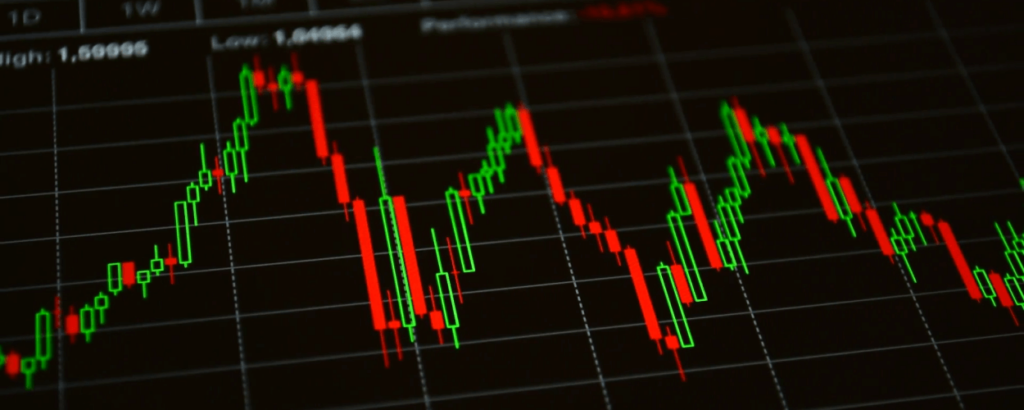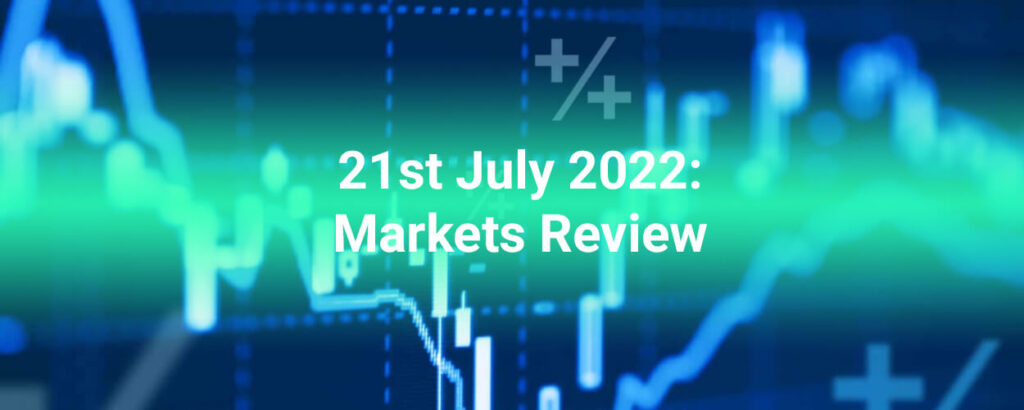Table of Contents
ToggleHow to Start Trading Forex: A Comprehensive Guide
Introduction
Forex trading, or foreign exchange trading, has emerged as one of the most accessible and prominent avenues in the global financial landscape. With a daily turnover exceeding $6 trillion, it’s no wonder that both novice and seasoned investors are drawn to this market. This article aims to provide an in-depth analysis and a structured guide on how to start trading forex, including fundamental concepts, strategies, tips, and best practices for entering this dynamic market.
As we delve into the intricacies of forex trading, we will cover everything from understanding the basics to developing effective trading strategies, ensuring that our readers are well-prepared to navigate this exciting financial terrain.
Understanding Forex Trading
What Is Forex Trading?
Forex trading involves the exchange of currency pairs, such as EUR/USD, to profit from fluctuations in exchange rates. Unlike stock markets, forex operates 24 hours a day across different global markets. It’s crucial to grasp that trading forex is about predicting currency movements rather than owning the currencies.
The Importance of Forex in the Global Economy
Forex trading is integral to the global economy. It facilitates international trade and investments by allowing conversions of different currencies. Moreover, businesses, governments, and other organizations engage in forex for various reasons, including:
- Hedging against currency fluctuations
- Speculating on future currency movements
- Facilitating travel and trade operations
Understanding these functions can provide a broader perspective on why you might want to engage in forex trading.
Structured Steps to Start Trading Forex
To embark on your journey in forex trading, follow this structured approach:
Step 1: Educate Yourself
Learning the Basics
The first step in how to start trading forex effectively is education. Familiarize yourself with fundamental concepts such as:
- Currency Pairs: These include major pairs (like EUR/USD), minor pairs, and exotic pairs.
- Pips and Lots: Understanding how pricing works in forex is crucial, with “pips” being the smallest price move and “lots” defining trade sizes.
- Leverage and Margin: Trading with leverage can amplify profits but also increases risk.
Consider resources such as trading courses or online articles to build your foundational knowledge. Additionally, visiting FinanceWorld’s Academy can provide valuable courses suited for beginners.
Step 2: Choose a Reliable Forex Broker
How to Select the Right Broker
Selecting a broker is a critical decision in how to start trading forex. Factors to consider include:
- Regulation: Ensure the broker complies with regulatory standards; this is vital for security.
- Trading Platforms: Assess the trading interface and tools provided; some brokers offer advanced technology for analysis.
- Fees and Spreads: Research the commission structure and applicable spreads.
- Customer Support: A responsive customer service team can help address issues.
You may want to explore the best brokers to find a broker that aligns with your trading style and needs.
Step 3: Develop a Trading Plan
Crafting Your Strategy
A well-defined trading plan is your blueprint for success in forex trading. This plan should include:
- Goals: Establish realistic profit and loss goals.
- Risk Management: Set rules on how much of your capital you are willing to risk on a single trade.
- Trading Strategy: Define your trading methodology (e.g., day trading vs. swing trading).
Step 4: Choose Your Trading Style
Different trading styles may suit different types of traders:
Day Trading
In day trading, positions are opened and closed within the same day, requiring rigorous focus and quick decision-making.
Swing Trading
Swing traders hold positions for several days or weeks, aiming to capitalize on short-term price moves.
Scalping
Scalping involves making numerous trades in a day to seize minor price fluctuations, requiring a strong grasp of technical analysis.
Step 5: Open a Demo Account
Before diving into live trading, start with a demo account provided by most Forex brokers. A demo account allows you to practice trading strategies without risking real money. This hands-on experience is invaluable for building confidence in your skills.
Step 6: Start Trading with a Live Account
Once you feel ready to transition from a demo to a live account, consider starting with a small amount of capital. This approach allows you to learn how emotional factors can affect your decision-making in real trades.
Analyzing the Forex Market
Technical Analysis
What is Technical Analysis?
Technical analysis involves evaluating price trends and patterns to predict future movements. Key tools include:
- Charts: Candlestick and line charts display historical pricing.
- Indicators: Tools like Moving Averages (MA), Relative Strength Index (RSI), and Bollinger Bands can provide insights.
Start by researching trading indicators that align with your strategy.
Fundamental Analysis
Understanding Economic Indicators
Fundamental analysis rocks the foundation of forex trading, focusing on economic news and events that impact currency values. Key indicators include:
- Interest Rates: Central banks’ monetary policy can influence currency movements significantly.
- Economic Growth: GDP figures, employment rates, and consumer sentiment reports are vital reports to analyze.
- Geopolitical Events: Global political stability or instability can sway forex markets.
Stay updated with relevant news by visiting trusted financial news sources.
Strategies for Successful Forex Trading
Risk Management Strategies
Why Is Risk Management Crucial?
In trading, managing risk is paramount to long-term success. Here are some key strategies:
- Stop-Loss Orders: Automatically close a position when it reaches a certain loss limit, protecting against severe losses.
- Position Sizing: Determine how much to invest in each trade based on your trading capital.
- Diversification: Avoid putting all your capital into one currency pair; spread your investments across multiple pairs.
Creating and Testing Your Strategies
Strategize by backtesting techniques on historical data. This involves applying your strategy to past market conditions to analyze its effectiveness.
Tips and Best Practices for Forex Trading
Stay Disciplined
Emotional trading can lead to significant setbacks. Stick to your trading plan, and avoid making impulsive decisions based on market noise.
Continue Learning
The financial market is ever-evolving. Regularly update your knowledge by following forex experts, webinars, and articles.
Leverage Technology
Utilize tools such as trading signals, algorithmic trading, and automated systems to enhance your trading strategy. Check out FinanceWorld’s Trading Signals to explore these options.
Final Thoughts
The Best Approach to Start Trading Forex
The best way to begin trading forex is to invest in education, practice with a demo account, develop a sound strategy, and always prioritize risk management. Consider aligning with a trusted broker, such as those listed among the best brokers, to streamline your trading experience and maximize potential gains.
Conclusion
In summary, forex trading offers numerous opportunities for profit, but it requires proper education and strategy. By following the structured steps outlined in this guide, you’ll be well-equipped to navigate the complexities of the forex market.
We encourage you to explore more resources related to forex trading, such as copy trading or trading courses found on FinanceWorld.io.
Did you find this article helpful? Let us know your experiences or any thoughts in the comments below!
This comprehensive guide aims to equip readers with the necessary framework for understanding and entering the world of forex trading. By approaching forex with diligence and strategy, you can enhance your chances for success in this thrilling market, starting from today.





